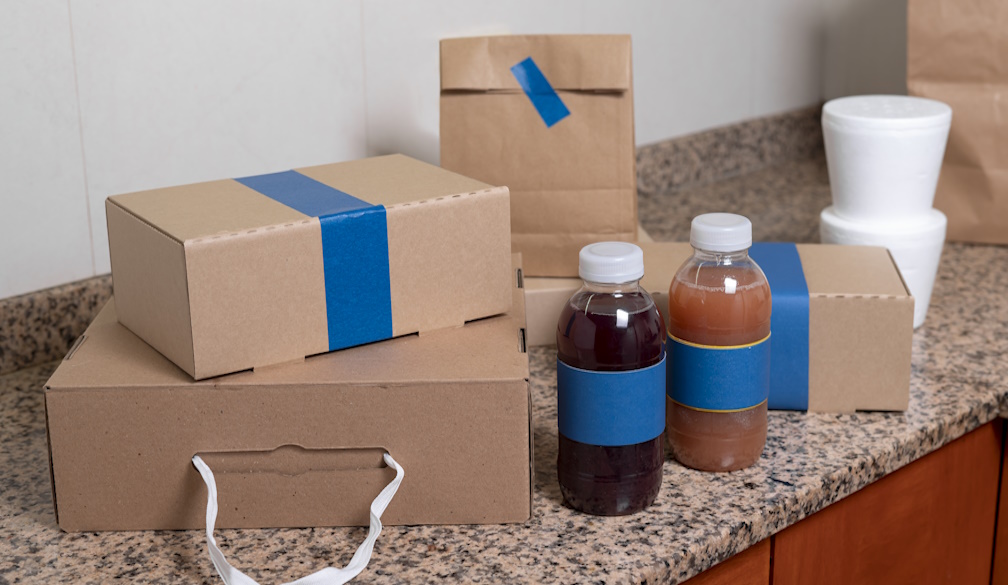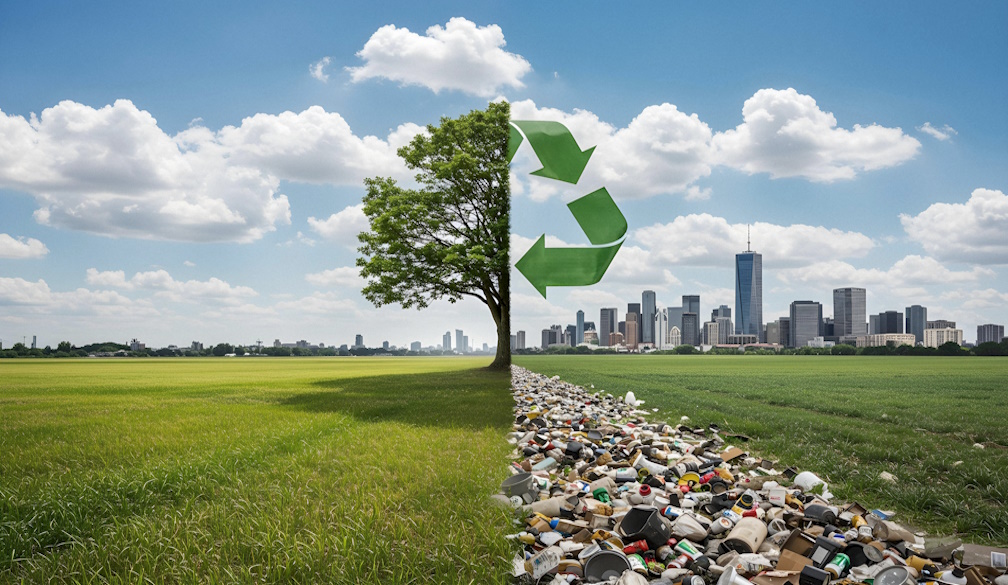Progress on Closing the Gap is stagnant or going backwards. Here are 3 things to help fix it
- Written by Madeleine Pugin, Research Fellow, School of Government and International Relations, Griffith University
The Productivity Commission’s latest data[1] on Closing the Gap progress represents an unsurprisingly grim overview of the socioeconomic inequalities experienced by Aboriginal and Torres Strait Islander peoples.
Closing the Gap[2] is the plan federal and state governments have to address Indigenous socioeconomic disadvantage. It sets specific targets across a range of areas.
This edition annual data report paints a concerning picture of Indigenous peoples’ quality of life across the states and territories. Despite 17 years of Closing the Gap policy, First Nations communities continue to face significant disadvantage. Of the 19 targets, 16 have been assessed, with four targets worsening. They are:
There have been some successes. Four targets are on track to be met: preschool enrolment, employment, and land and water rights. Although the latter targets are likely to be achieved, the Queensland[3] and Northern Territory[4] governments are walking away from plans for Treaty. This could undercut efforts for increased Indigenous rights recognition.
There is also improvement in six other target areas, but they are still not on track to be met by 2031:
Time for change
Year after year, Closing the Gap reporting offers little hope for meaningful change. It also falls short of providing crucial insights into what is working, what isn’t, and where resources and expertise should be directed to address unmet targets.
We must ask ourselves: when is it time to pursue a different approach?
These are complex issues with no simple solutions, but that must not deter us from pursuing every possible avenue for change. As the worsening suicide target shows, lives depend on it.
Nonetheless, there is little evidence to suggest governments are being impelled to act on the transformational changes required to implement the four priority reforms[5].
Since the failed Voice referendum, there has been little will[6] from all levels of government to radically transform their way of working with First Nations communities. The gaps in outcomes are unlikely to close with this business-as-usual approach.
So what could be changed to help improve the lives of Indigenous people? Here are three ideas.
1. A national action plan, driven by human rights
Australia has no comprehensive Indigenous rights framework. Currently, recognition of Indigenous rights in existing Australian laws is “piecemeal[7]” and inconsistent across jurisdictions.
Adopting a rights-based approach to the Closing the Gap framework could provide one way forward. The realisation of rights is central to genuine self-determination[8] for Indigenous peoples.
The United Nations Declaration on the Rights of Indigenous Peoples (UNDRIP[9]), which Australia endorsed in 2009, outlines the minimum standards of human rights relating to Indigenous peoples.
A 2023 report[10] looking at how UNDRIP works in Australia contains a list of recommendations, with the first being:
that the Commonwealth Government ensure its approach to developing legislation and policy on matters relating to Aboriginal and Torres Strait Islander people (including, but not limited to, Closing the Gap initiatives) be consistent with the Articles outlined in the United Nations Declaration on the Rights of Indigenous Peoples.
UNDRIP’s core principles of self-determination and participation in decision-making directly align with what communities and experts have been calling for[11] on Closing the Gap reform. At a minimum, the federal government should meaningfully negotiate a national action plan to implement the declaration.
Such a plan would help drive community-led solutions, empowering Indigenous peoples at local and regional levels. Bottom-up grassroots approaches are vital to Closing the Gap.
2. An independent oversight body
Despite the failure of the Voice referendum, an independent representative body is still needed at the national level. It would provide strategic oversight and accountability for implementation of the Closing the Gap policy at the local and regional levels.
This body could also provide much-needed political and policy advocacy to hold governments to their commitments.
There is the National Agreement[12] on Closing the Gap, which Commonwealth, state, territory governments are a party to, as well as the Coalition of Peak Indigenous bodies and the Australian Local Government Association.
Yet some governments are enacting policies and laws which are inconsistent with the agreement. Queensland and the Northern Territory, for instance, have ceased involvement in Treaty processes and turned toward stricter[13] penalties[14] in response to youth offending – moves[15] criticised[16] by human rights commissions.
An independent representative body would help shed light on these inconsistencies and better hold governments accountable.
3. A bigger role for local government
What is often missing from the conversation is the crucial role local governments play in implementing policies that shape outcomes on the ground.
As frontline service providers, local governments are positioned to engage with communities on a direct, day-to-day basis, which can be responsive to the everyday needs of Aboriginal and Torres Strait Islander peoples.
In a first for local implementation of Closing the Gap, Tamworth Aboriginal Community Controlled Organisations and Tamworth Regional Council entered an agreement[17] to work together towards addressing key aspects of initiative.
Read more: Local solution to Closing the Gap – council takes pioneering new approach to Indigenous disadvantage[18]
There are strong reasons for local governments to take a more central leadership role in trying to meet the Closing the Gap targets. To do so effectively, however, they require adequate resourcing and sustained funding to support community-driven programs.
Additionally, embedding[19] Indigenous rights and interests in local government planning and policy would significantly enhance their capacity to contribute meaningfully.
References
- ^ latest data (www.pc.gov.au)
- ^ Closing the Gap (www.closingthegap.gov.au)
- ^ Queensland (www.theguardian.com)
- ^ Northern Territory (www.abc.net.au)
- ^ priority reforms (www.closingthegap.gov.au)
- ^ little will (theconversation.com)
- ^ piecemeal (lawcouncil.au)
- ^ self-determination (humanrights.gov.au)
- ^ UNDRIP (humanrights.gov.au)
- ^ 2023 report (www.aph.gov.au)
- ^ calling for (www.coalitionofpeaks.org.au)
- ^ National Agreement (www.closingthegap.gov.au)
- ^ stricter (nt.gov.au)
- ^ penalties (www.abc.net.au)
- ^ moves (humanrights.gov.au)
- ^ criticised (www.themandarin.com.au)
- ^ agreement (theconversation.com)
- ^ Local solution to Closing the Gap – council takes pioneering new approach to Indigenous disadvantage (theconversation.com)
- ^ embedding (sgsep.com.au)













